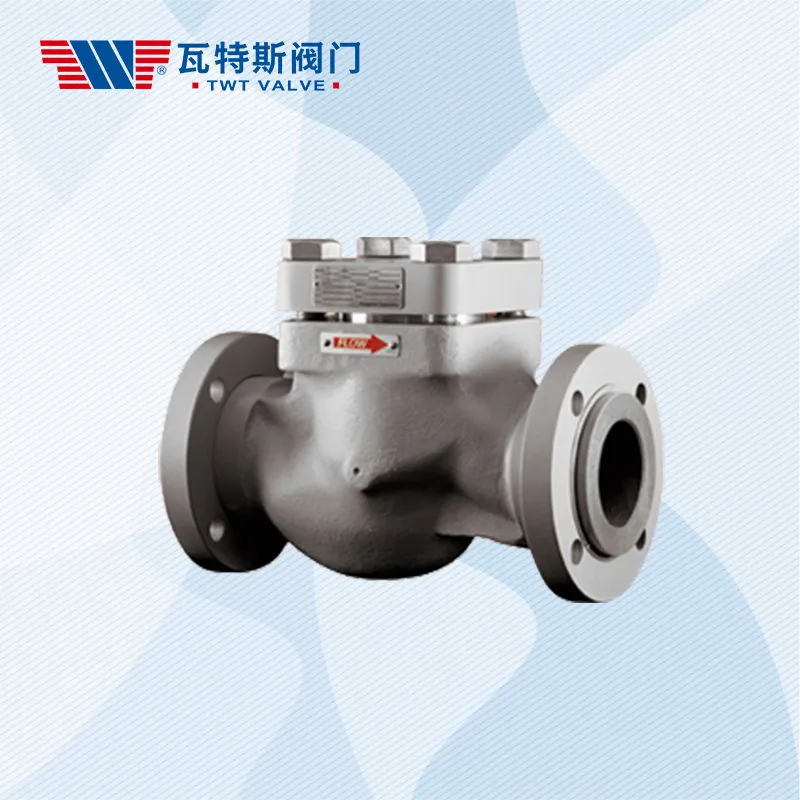Determining the appropriate size and pressure rating for a swing check valve depends on several factors, including the fluid being transported, the flow rate, and the size of the piping system.
Here are some steps you can take to determine the appropriate size and pressure rating for your specific application:
Determine the size of the piping system: The first step is to determine the size of the piping system where the swing check valve will be installed. Measure the diameter of the pipe to determine the appropriate size of the valve.
Determine the flow rate: The next step is to determine the flow rate of the fluid being transported through the piping system. This can be calculated based on factors such as the volume of fluid being transported and the velocity of the fluid.
Check the pressure rating of the piping system: The pressure rating of the piping system should be determined to ensure that the swing check valve is rated for the appropriate pressure. The pressure rating can be found in the system specifications or can be calculated based on factors such as the material and size of the pipe.
Choose a valve with the appropriate size and pressure rating: Based on the size and pressure rating of the piping system and the flow rate of the fluid, choose a swing check valve with the appropriate size and pressure rating. The valve should be rated for at least the maximum pressure and flow rate of the system.
Consult a professional: If you are unsure about the appropriate size and pressure rating for your specific application, swing check valve it is recommended to consult with a professional plumber or valve supplier for guidance.
Overall, it is important to choose a swing check valve with the appropriate size and pressure rating for your specific application to ensure proper function and prevent damage to the piping system.
What are some common materials used for swing check valves, and how do they affect performance?
Swing check valves are made from a variety of materials, each with its own characteristics that affect its performance in different applications.
Here are some common materials used for swing check valves and how they affect performance:
Bronze: Bronze is a popular material for swing check valves due to its strength, durability, and resistance to corrosion. Bronze valves are often used in seawater applications or where the fluid being transported contains corrosive materials.
Cast Iron: Cast iron is a durable and cost-effective material for swing check valves. It is often used in applications where high flow rates are required, such as in municipal water systems.
Stainless Steel: Stainless steel is a strong and corrosion-resistant material for swing check valves. It is often used in applications where hygiene is important, such as in food and beverage processing or pharmaceutical production.
PVC: PVC is a lightweight and cost-effective material for swing check valves. It is often used in applications where corrosion is not a concern, such as in irrigation systems or swimming pools.
Ductile Iron: Ductile iron is a strong and durable material for swing check valves. It is often used in applications where the valve may be subject to high pressure or impact, such as in fire protection systems.
Alloy Steel: Alloy steel is a strong and corrosion-resistant material for swing check valves. It is often used in applications where the valve may be subject to extreme temperatures or high pressure, such as in oil and gas pipelines.
The choice of material for a swing check valve depends on the specific application and the characteristics of the fluid being transported. Factors such as temperature, pressure, and corrosion resistance must be considered when selecting the appropriate material. It is recommended to consult with a professional valve supplier or engineer to determine the best material for your specific application.
